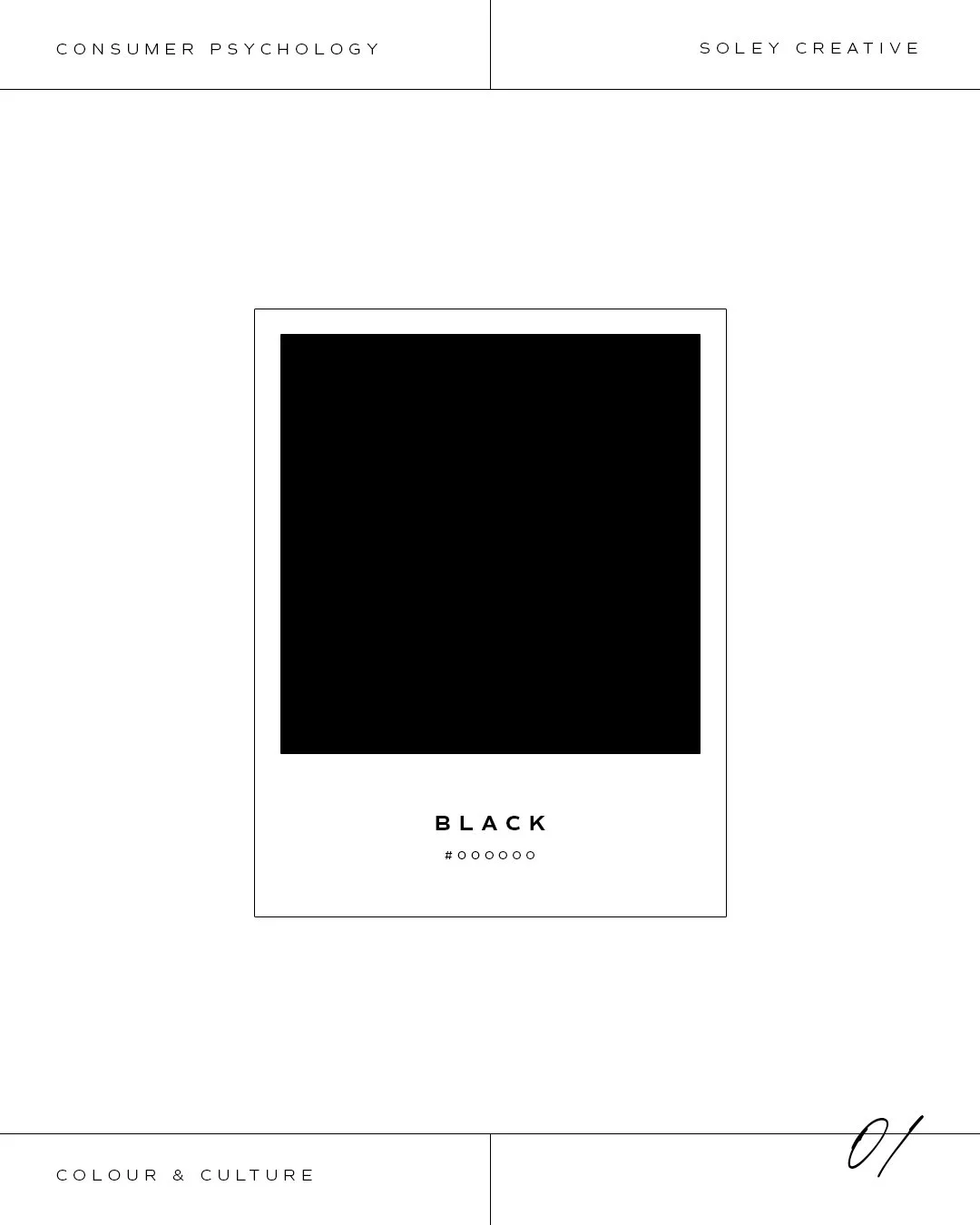The Return on Investment of Professional Brand Identity
In the competitive landscape of today's business world, a brand's identity is more than just a logo or a tagline; it's a strategic asset that holds huge value. Professional brand identity goes beyond aesthetics; it plays a pivotal role in shaping how consumers perceive and interact with a brand. It’s a key commercial tool in any business’ arsenal.
Got a project in mind and want to get in touch?
A Professional Brand Identity will:
☑️ Create brand awareness
☑️ Cause positive brand association
☑️ Heighten perceived quality
☑️ Encourage brand loyalty
☑️ Elevate brand position
Overall, it increases Brand Equity.
What is brand equity?
Brand Equity is the intangible value that a brand carries and the influence it has on consumer behaviour and choices. It is the measure of a brand's perceived worth in the eyes of consumers, and it reflects their attitudes, perceptions, and experiences with the brand. A strong brand equity is essential for building customer loyalty and trust leading to new and repeating sales.
Define the brand's personality traits and choose an archetype that aligns with its character. This influences the tone of communication, visual elements, and overall brand experience.
Several factors contribute to the development of brand equity:
1. Brand Awareness: The degree to which consumers recognise and recall a brand. This includes both brand recognition (identifying the brand when exposed to it) and brand recall (remembering the brand when considering a relevant product or service).
2. Brand Association: The mental connections consumers make between a brand and specific attributes, features, or benefits. Positive associations enhance brand equity, while negative associations can diminish it.
3. Perceived Quality: The consumer's perception of the overall quality or value of a brand's products or services. High-quality products or services contribute positively to brand equity.
4. Brand Loyalty: The extent to which customers consistently choose a particular brand over others. Repeat business and customer retention are indicators of brand loyalty.
5. Brand Image: The overall impression that consumers have of a brand. It encompasses the emotional and psychological associations that consumers form with the brand.
6. Brand Personality: The human-like traits and characteristics associated with a brand. Brands often try to project a specific personality to connect with their target audience.
7. Brand Positioning: How a brand is perceived in relation to its competitors. Effective brand positioning sets a brand apart and creates a unique and favourable image in the minds of consumers.
Why is it important?
Building and maintaining positive brand equity is crucial for long-term success. Strong brand equity can lead to customer preference, premium pricing, and increased customer loyalty, while weakened brand equity may result in decreased customer trust and preference for competing brands. Companies can invest in marketing, and advertising, and maintain a high product quality or service to enhance and protect their brand equity.
Professional branding is a strategic investment that pays dividends in the form of heightened brand equity, customer loyalty, and sustained success in the dynamic world of business. If you’ve got a DIY brand that is causing you embarrassment, not attracting steady and consistent sales or simply is difficult to use, make this the year you bring in the professionals (that’s us!). We’d love to hear about your progress so far over Zoom and help you build your brand’s equity.













